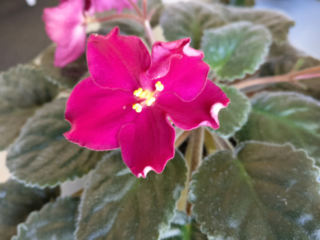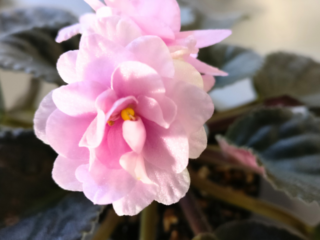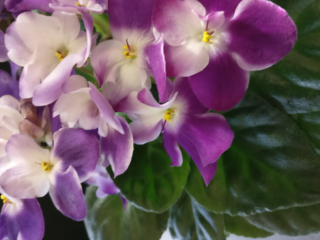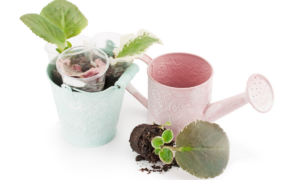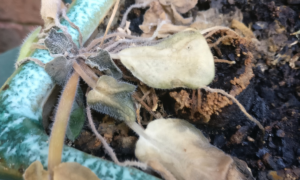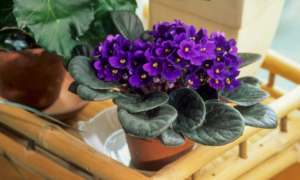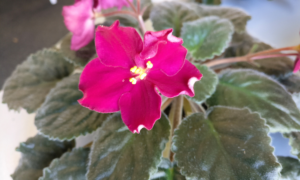African violets are a beloved houseplant, known for their bright colors and easy care. And growing African Violets from seed can be an enjoyable way to add variety and color to your collection. In this article we’ll explore the steps required to propagate African violets from seed along with tips on how best to care for your plants once they’ve sprouted. So if you’ve ever wondered “can you grow african violets from seed?” the answer is yes!
Table of Contents:
- Propagation Methods
- Growing from Seed
- Caring for African Violets
- Troubleshooting Common Problems
- FAQs in Relation to Can You Grow African Violets From Seed?
- Conclusion
Propagation Methods
Propagating African Violets is a great way to create more plants for your garden. There are three main methods of propagation: from seed, leaf cuttings, and division. Today, we’re talking about growing from seed.
Growing from Seed
Growing African Violets from seed can be done but it’s not the easiest method. The seeds must be kept in warm temperatures (around 75°F) with high humidity levels and plenty of light to germinate properly. It can take up to two months before you see any signs of growth so patience is key! Once the seedlings have sprouted, they should be transplanted into individual pots filled with a well-draining soil mix that contains perlite or vermiculite for aeration.
Let’s delve into the best practices for germinating and nurturing African violet seeds.
Growing from Seed: Step by Step
Growing African Violets from seed is a rewarding experience that can be enjoyed by gardeners of all levels. It requires patience and attention to detail, but the results are worth it!
- To begin, you’ll need to purchase high-quality African Violet seeds. These should be stored in a cool, dry place until ready for use.
- When planting your seeds, make sure to use soil specifically designed for African Violets or any other type of well-draining potting mix.
- Fill the pots with soil and press down lightly before sprinkling the seeds on top. Cover them with a thin layer of soil and water gently using a spray bottle or mister.
- Keep your newly planted seeds in an area where they will receive bright indirect light and temperatures between 65°F – 75°F (18°C – 24°C).
- Water regularly as needed so that the soil remains moist but not soggy; this is especially important during germination which usually takes about two weeks depending on temperature and humidity levels.
- Once sprouted, gradually increase watering frequency while avoiding overwatering at all costs as this can lead to root rot or fungal diseases such as powdery mildew.
- Feeding your plants is also essential for healthy growth; look for fertilizers specially formulated for African Violets containing micronutrients like magnesium, calcium, iron, zinc and manganese which are vital for proper development of foliage coloration and blooms.
- Fertilize every 2-4 weeks using half the strength recommended on the package instructions so as not to burn the roots or leaves of baby plants due to overfeeding .
- Finally, remember that although growing from seed may take longer than propagating from cuttings, it is still possible to get beautiful flowers if done correctly.
With patience and dedication, you will soon have lush green plants full of vibrant blooms.

Caring for African Violets
Once your seeds have sprouted and you’ve re-potted your new plants into their own pots, you’ll need to care for your plants on an ongoing basis. With just a few simple steps you can keep your African violets looking their best all year round.
Watering: African violets need to be watered regularly but not too much or they will suffer from root rot. The best way to water them is by using lukewarm water in the morning or evening so that the leaves don’t get wet during the heat of the day which could cause sunburns on their delicate petals. Water until it runs out of the bottom of the pot and then discard any excess water left in the saucer beneath it.
Fertilizing: Once your baby plants emerge, fertilize your African violets once every two weeks with a balanced fertilizer such as 10-10-10 mixed at half strength according to package instructions. This will provide them with essential nutrients they need to stay healthy and produce beautiful blooms throughout the year.
Repotting: Repotting should only be done when necessary, usually about once every two years depending on how quickly your plant grows and its size relative to its pot size. When repotting use fresh soil mix specifically designed for African Violets along with a new pot that is slightly larger than its current one so there is room for growth without becoming root bound again too soon after repotting has been completed.

Light Requirements: Place your African Violet near an east facing window where it will receive bright indirect light throughout most of the day. Avoid direct sunlight which could burn its delicate petals, especially during peak hours like midday when UV rays are strongest, even if covered by sheer curtains etc.
If you find that your plant isn’t getting enough light try supplementing natural light sources with artificial ones such as grow lights. They should be placed close enough above plants so they won’t get burned, yet far away enough not touch leaves directly. This is important, as this could also cause damage over time due to intense heat generated from bulbs being used in these fixtures.
Keep temperatures between 65°F – 75°F (18°C – 24°C) during daytime hours while nighttime temperatures should remain around 60°F (15°C). Avoid placing plants near air conditioners, fans, open windows/doors etc. Sudden changes in temperature can shock plants causing them stress, resulting in wilted foliage or stunted growth over time.
Caring for African Violets is essential to ensure they stay healthy and bloom. With the right amount of light, water, and fertilizer, you can enjoy beautiful blooms all year round.
Troubleshooting Common Problems
Troubleshooting common problems when growing African Violets from seed can be a daunting task. It is important to identify the issue and take action quickly in order to prevent further damage or loss of plants.
Pests: Pests such as aphids, mealybugs, and spider mites are all potential threats to African Violets once you have new baby plants. To combat these pests, it is best to use an insecticidal soap or neem oil spray on the leaves of the plant. Additionally, using yellow sticky traps around your plants can help catch any flying insects before they cause damage.
Diseases: Diseases such as root rot and leaf spot can occur if the soil remains too wet for extended periods of time or if there isn’t enough air circulation around the plants as they sprout and emerge.
If you notice signs of disease on your African Violets baby plants after sprouting from seed, make sure that you water them only when necessary and provide adequate ventilation by placing fans near your plants or opening windows during warmer months. Additionally, pruning off any affected foliage will help reduce spread of disease throughout the plant.
Fungus Gnats: Fungus gnats are small black flies that feed on decaying organic matter in potting soil and lay their eggs in moist conditions at the base of a plant’s stem. To get rid of fungus gnats, allow excess moisture to dry out between watering sessions and place yellow sticky traps near infested areas to capture adult flies before they lay more eggs.

You may also want to consider repotting with fresh potting mix which should eliminate any existing larvae in old soil mix as well as prevent future infestations from occurring again soon after treatment has been applied .
African violets need bright indirect light for optimal growth, but direct sunlight can burn their delicate leaves so it is important not to expose them directly for long periods of time each day.
Once you have identified and addressed any potential issues, you can be confident that your African Violets will thrive.
FAQs in Relation to Can You Grow African Violets From Seed?
How long do violets take to grow from seed?
African violets can take anywhere from 8 to 16 weeks to grow from seed. This time frame depends on the variety of African violet and the growing conditions, such as temperature, humidity, light levels and water availability.
Seeds should be planted in a well-draining potting mix that is kept moist but not soggy. They need bright indirect sunlight or artificial lighting for 12-14 hours per day in order to germinate properly.
Once they have sprouted, they will require regular watering and fertilizing with a balanced fertilizer every two weeks. With proper care and attention, your African violets should begin blooming within 6 months of planting!
How do I start African violets from seed?
To start African violets from seed, you will need to begin by obtaining fresh seeds, which you would usually buy from a reputable retailer.
Once the seeds are acquired, they should be sown on a surface of moistened sphagnum moss or vermiculite. The soil should then be covered with plastic wrap and placed in an area that is warm and has bright light but not direct sunlight.
After germination occurs (which can take anywhere from 1-4 weeks), remove the plastic wrap and water lightly as needed until the plants have grown large enough to transplant into individual pots.

Where is the seed on an African violet?
The seed of an African violet can be found in the center of its flowers. It is a small, round, black or dark brown seed surrounded by white petals. When the flower fades and dies off, the seeds are released and ready to be collected for propagation.
The best time to collect these seeds is when they have just been released from their parent plant as they will still contain viable embryos that can easily germinate with proper care.
African violet seeds are very small and delicate, so it is important to handle them with care when collecting.
Can violets be grown from seeds?
Yes, African violets can be grown from seeds. However, it is a slow and difficult process that requires patience and skill. The seeds are tiny and must be sown on the surface of moist soil or vermiculite, then lightly covered with additional material to hold in moisture.
They should also be kept warm (around 70-75°F) for germination to occur. Once they have sprouted, the seedlings will need to be carefully monitored as they grow until they are large enough to transplant into individual pots.
Conclusion
In conclusion, African Violets can be grown from seed but it is not the most common method of propagation. Growing from seed requires patience and a lot of care to ensure success. However, with proper attention and knowledge about caring for African Violets, you can successfully grow them from seed.
Whether you choose to propagate your violets through cuttings or seeds, understanding how to properly care for them will help ensure their health and beauty in your garden. So if you’re wondering “can you grow african violets from seed?”, the answer is yes!
If you’re looking for a beautiful and easy-to-care-for houseplant, look no further than African Violets! With just the right amount of light, water, and fertilizer they can bloom year round. Growing from seed is also an option if you want to start your own plants or add variety to your collection. So don’t wait any longer – get started on growing these amazing flowers today!

